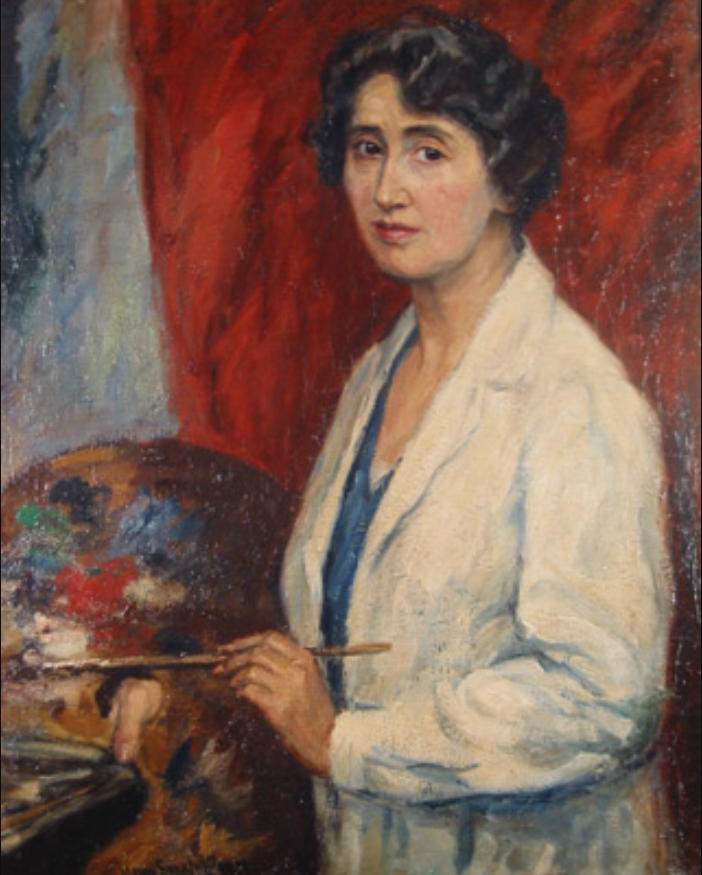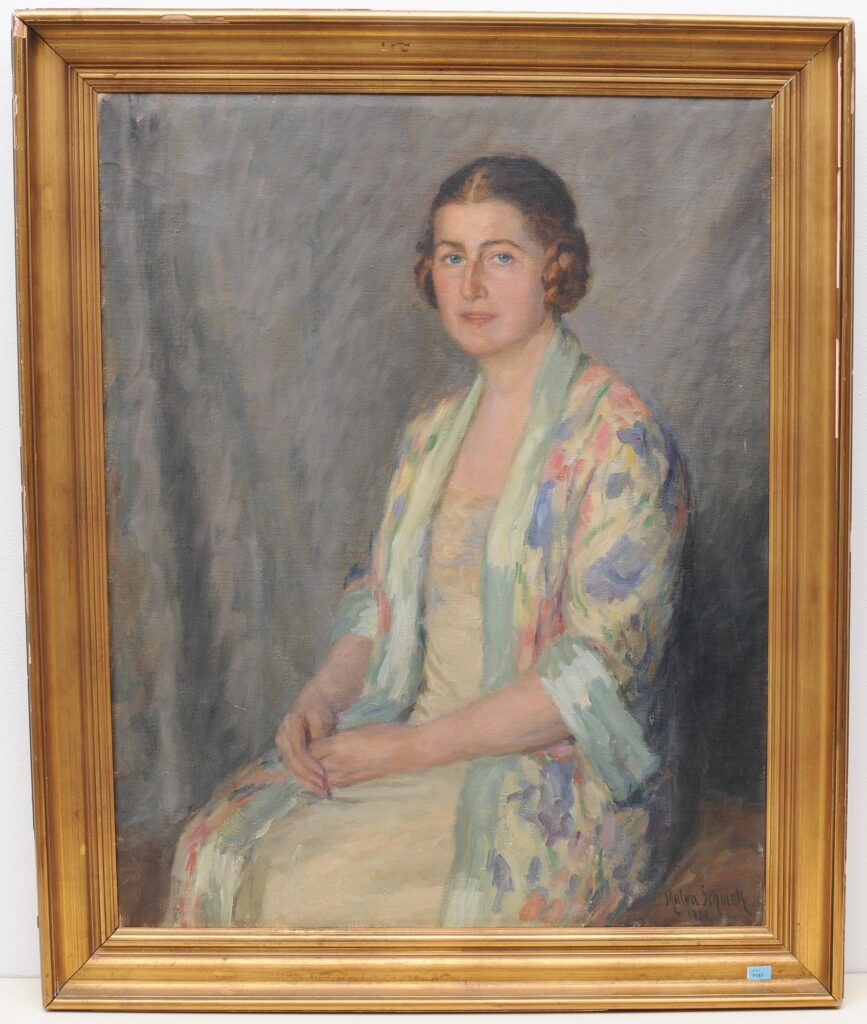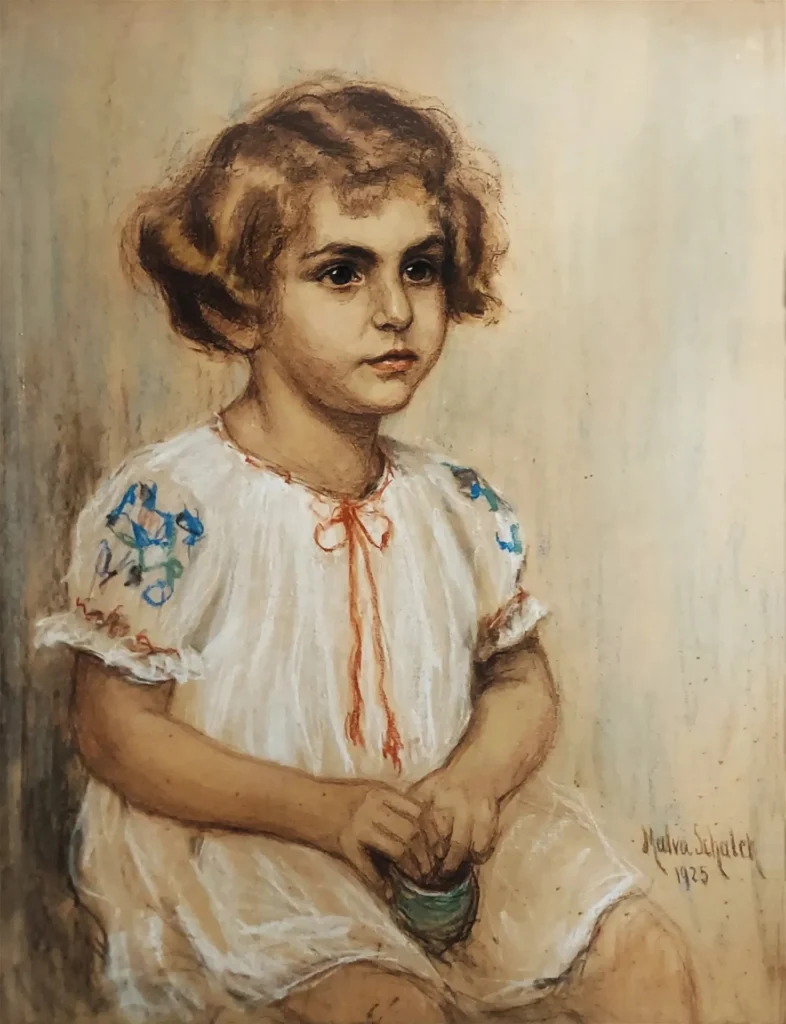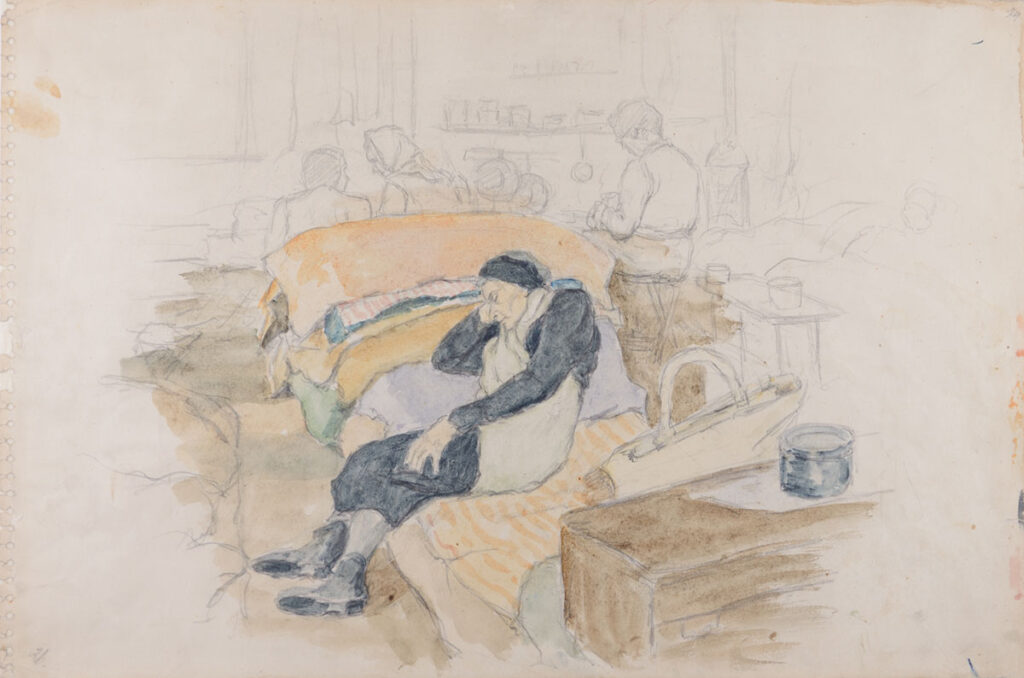5 Mythological Superheroes Who Could Star in Marvel Movies
Superheroes are nothing new, they were praised throughout antiquity. We present 5 Goddesses who could be the next movie legends!
Candy Bedworth 27 June 2024
Malva Schalek, also known as Malvína Schalková, was a Czech-Jewish artist who endured the turbulent landscape of the early 20th century and was tragically murdered in the Holocaust. Despite the challenges that defined this era, Schalek’s life echoed with an extraordinary artistic talent that left an indelible mark.
Born to a bourgeois Jewish family in Prague in 1882, Malva Schalek’s journey unfolded against the backdrop of a society in transition. Initially educated at the Girls’ School in Prague, she ventured to Berlin and Vienna to carve her path in the realm of art. It was in Vienna that she found a home for her artistic ambitions, establishing a studio that bore witness to her evolving talent. This phase of her career revealed a particular penchant for portraiture, a genre in which Schalek demonstrated mastery. Regrettably, only a small number of artworks from this period have endured the ravages of time.
The shadow of Nazi annexation loomed large over Austria in 1938, compelling Schalek to abandon her art studio in Vienna and seek refuge elsewhere. The unfolding tragedy of World War II confronted her with an increasingly limited array of choices, culminating in her imprisonment in the Theresienstadt (Terezín) concentration camp in 1942.

Malva Schalek, Autoportrait, Wikimedia Commons (public domain).
Malva Schalek demonstrated exceptional prowess in the realm of portrait art. Her distinctive focus often centered on women and children belonging to the Jewish bourgeoisie. Examining her portraits reveals a nuanced sensitivity toward her subjects, likely stemming from her shared social and ethnic background.

Malva Schalek, Portrait of a Woman, 1930, private collection. Invaluable.
Furthermore, Schalek’s talent found widespread acclaim. Her portraits were not only featured in the Viennese Secession exhibition but also in solo exhibitions, underscoring the recognition she garnered in the art world. Her career came to an end after the outbreak of World War II, and from 1942 to 1944 she was imprisoned at Theresienstadt.

Malva Schalek, Girl in Embroidered Dress, 1925. MutualArt.
After being imprisoned in the Theresienstadt concentration camp, Malva Schalek’s status as an artist provided her with a measure of immunity among her fellow prisoners. She remained imprisoned there from 1942 to 1944. Theresienstadt marked a profound transformation in her artistic approach. Amidst the challenges of that harrowing time, art became a therapeutic outlet for her.
While she continued sketching portraits of her fellow inmates, Schalek also depicted aspects of camp life, crafting a poignant visual chronicle. Despite the ostensibly domestic scenes portrayed in her paintings from that period, one can feel the alienation and lifelessness pervading them. Through her drawings and watercolors, the artist masterfully captured the oppressive atmosphere of the camp. The crowded spaces, bunk beds, scattered personal belongings, and cramped rooms evoke an unsettling feeling of claustrophobia.
Schalek’s immunity due to her being an artist stemmed from the Nazis occasionally commissioning artists in concentration camps, and she, too, faced such a request. A German doctor, collaborating with the Nazis, approached Schalek and asked her to paint his portrait. Though she did not outright refuse, she deferred the task, citing a lack of time. Tragically, this delay proved fatal, leading to her deportation to Auschwitz in 1944, where Malva Schalek lost her life within weeks.
He serves the Germans. I would rather die than serve a man like that.
Pnina Rosenberg: Malva Schalek: A Resistance Artist in Terezín, in PRISM: An Interdisciplinary Journal for Holocaust Educators, Volume 12, 2020, p. 41.

Malva Schalek, Rest, 1942-1944, Yad Vashem Art Museum, Jerusalem, Israel.
Remarkably, Malva Schalek’s artistic journey came full circle: she commenced her career with portraits and concluded it in the same vein. Her final work, presumably created during her last months in Theresienstadt, is a poignant self-portrait. In the image below, we witness the artist with a bowed head, gazing downward. Her hair is pulled back, revealing a visage that appears aged and almost cadaverous. The touch of red on her lips accentuates a final semblance of life.

Malva Schalek, Self-Portrait, 1944, pencil and oil pastel, Ghetto Fighters House Museum, Lohamei HaGeta’ot, Israel.
Janet Blatter and Sybil Milton: Art of the Holocaust, 1981, The Routledge Press, London.
Catherine Stodolsky: Malva Schalek: the life and work of a painter, Stodolsky.org (Accessed December 2023).
Pnina Rosenberg: Malva Schalek: A Resistance Artist in Terezín, in PRISM: An Interdisciplinary Jorunal for Holocaust Educators, Volume 12, 2020.
DailyArt Magazine needs your support. Every contribution, however big or small, is very valuable for our future. Thanks to it, we will be able to sustain and grow the Magazine. Thank you for your help!